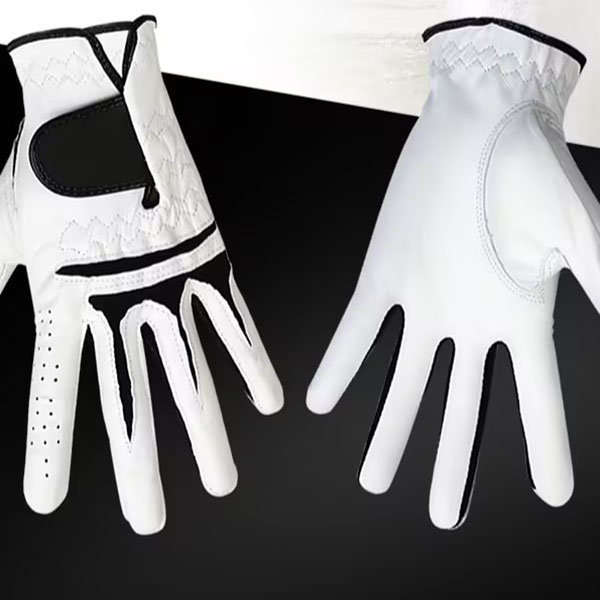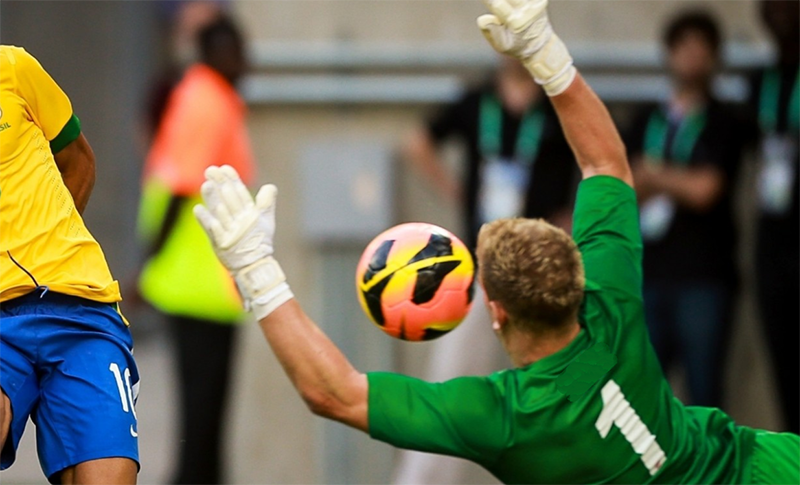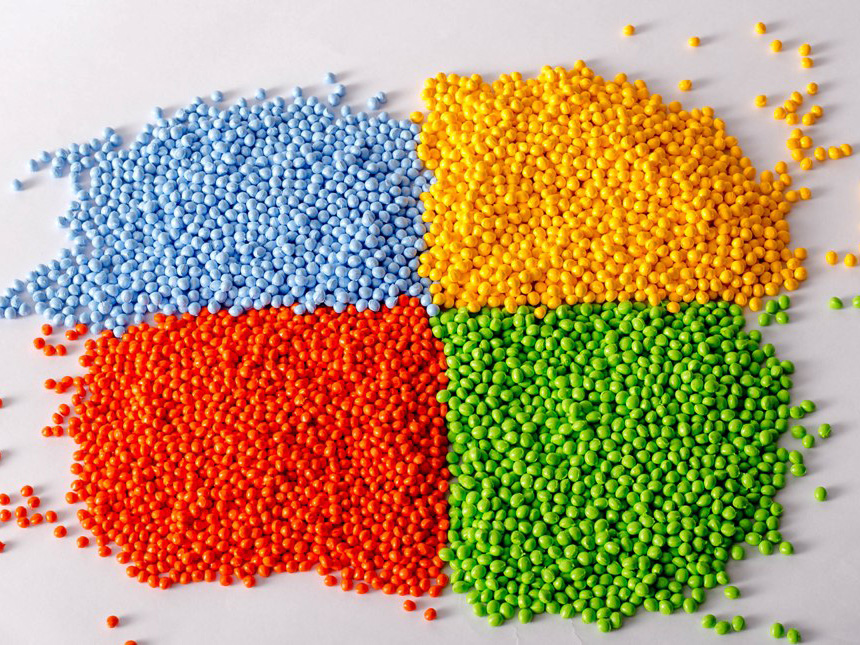
From boxing, cricket, hockey, goalkeeping in football/soccer, baseball, cycling, motor racing, skating, skiing, handball, rowing, and golf, to weightlifting, among others. sports gloves have evolved over the years to meet the demands of various sports and their participants.
The choice of materials and construction techniques for sports gloves is crucial, as it directly impacts an athlete's and enthusiast's performance.
In this article, we will delve into the sports gloves industry, exploring its history, and common Challenges of sports gloves, revealing the fascinating technological innovations that have shaped the modern sports gloves industry, How to Solve Sports Gloves Challenges and Performance Pain Points.
Sports gloves have a rich history that spans centuries, evolving from rudimentary leather wraps to cutting-edge, high-tech accessories that enhance an athlete’s performance and safety. This article takes a closer look at the fascinating journey of sports gloves and their transformation from basic hand protection to essential gear across various sporting disciplines.
1. Ancient Origins: Leather Wraps and Straps
The concept of using hand protection in sports dates back thousands of years. In ancient Greece and Rome, athletes participating in combat sports and various athletic competitions recognized the need for hand protection. However, the early versions of sports gloves were basic and often consisted of leather wraps or straps. These simple gloves provided minimal hand protection and were primarily designed to offer a better grip during competitions.
2. 19th Century: The Birth of Modern Sports Gloves
The modern era of sports gloves began to take shape in the 19th century. The sport of baseball, in particular, played a significant role in the development of sports gloves. Baseball players started using padded leather gloves to protect their hands while catching balls and making plays. This was a crucial development that not only improved safety but also enhanced the performance of the players.
3. Early 20th Century: Leather Dominance
Leather gloves dominated the early 20th-century sports landscape. These gloves, typically made of cowhide or pigskin, offered a combination of protection and grip, making them the go-to choice for athletes in various sports. In addition to baseball, boxing and cycling also benefited from the improved hand protection provided by leather gloves.
4. Mid-20th Century: The Advent of Synthetic Materials
The mid-20th century marked a significant turning point in the evolution of sports gloves. Synthetic materials, such as neoprene and various types of rubber, began to be used in sports gloves. These materials provided enhanced flexibility, durability, and grip, revolutionizing the way athletes approached their sports. For instance, neoprene, a synthetic rubber, offered superior water resistance, making it ideal for water sports like surfing and kayaking.
5. Late 20th Century: Specialized Sports Gloves
As sports and athletes became more specialized, so did sports gloves. Manufacturers began creating gloves tailored to the specific needs of different sports. For example:
1) Goalkeeper Gloves: Soccer saw the rise of specialized goalkeeper gloves, which featured latex palms for exceptional grip and padded protection to reduce the impact of powerful shots.
2) Batting Gloves: Baseball and cricket batting gloves were developed with added padding to protect the hands and fingers from fast pitches and hard cricket balls.
3) Winter Gloves: In cold-weather sports like skiing, snowboarding, and ice climbing, insulated gloves became essential for maintaining dexterity and protecting hands from frigid temperatures.
6. 21st Century: Cutting-Edge Technology
The 21st century has seen sports gloves become more technologically advanced than ever before. Key developments include:
1) Smart Gloves: Some sports gloves now come equipped with sensors that track metrics like grip strength, hand movement, and more, providing athletes with valuable data to enhance their performance and reduce the risk of injuries.
2) Advanced Grip Materials: The integration of silicone and rubber elements has drastically improved grip strength. These materials offer a tacky texture that aids athletes in holding objects securely, even in wet conditions.
3) Breathable and Moisture-Wicking Fabrics: Modern sports gloves incorporate advanced fabrics that keep athletes’ hands dry and comfortable during intense physical activities, preventing overheating and excessive sweating.
Despite sports gloves having remarkable progress, the industry is not without its challenges.
Application
Product Improvement Strategies: How Solutions to Market Challenges for Sporting gloves?
1. Material Innovation: sports glove Manufacturers can focus on sourcing high-quality, durable materials. Such as Advanced fabrics with moisture-wicking properties have been integrated into sports gloves to keep athletes' hands dry and comfortable during strenuous activities. Breathable materials also help prevent overheating and excessive sweating. like reinforced synthetic fabrics can improve durability.
2.Advanced Grip Technology: Innovations in grip-enhancing materials, such as high-friction coatings and smart materials, can improve grip in challenging conditions.
3.Improved Ventilation: Enhanced ventilation systems, such as mesh panels or perforations, can improve breathability and moisture-wicking.
4.Better Impact Absorption: Improving impact-absorbing materials and design can enhance the protective capabilities of sports gloves.
However, for the sports glove industry, the challenges faced are in addition to the common pain points that exist in the product itself.
However, the sporting gloves industry is a competitive and ever-evolving market that caters to a wide range of athletes and sports enthusiasts. From professional athletes seeking high-performance gloves to casual sports players looking for comfort and protection, the challenges faced are in addition to the common pain points that exist in the product itself.
Like, In today's environmentally conscious world, sustainability is a pressing concern in every industry, including sporting goods. The production and disposal of gloves can have a significant environmental impact. To address this challenge, sporting glove manufacturers can adopt the following solutions:
Eco-friendly Materials: Utilize sustainable materials in glove production, such as recycled or organic fabrics, to reduce the environmental Carbon footprint.
Whether is an Eco-friendly Si-TPV or Modified soft & slip TPU granule, Through these sustainable materials combined with new ergonomic design technologies that can address common pain points of sports gloves, like durability, fit, grip, breathability, and protection, manufacturers can bridge the gap between requirements and user expectations, ensuring that sports gloves enhance athletes' performance and comfort, and create more high-quality protective gear for athletes & hobbyist sportsmen while ensuring the well-being of the planet!
Innovative Collaboration: Contact SILIKE, Shaping high-performing Sustainable Sporting Gloves Industry,Solutions for Sporting Gloves Market Challenges!
Key Benefits
- In TPU
- 1. Hardness reduction
- 2. Excellent haptics, dry silky touch, no blooming after long-term use
- 3. Provide the final TPU product with a matt effect surface
- 4. Extends the lifespan of TPU products
- In HOSES
- 1. Kink-proof, kink-protected and watertight
- 2. Abrasion resistance, Scratch-resistant, and durably
- 3. Smooth surfaces, and skin-friendly, sheathed in a plastic jacket
- 4. Extremely pressure-resistant and guarantee tensile strength;
- 5. Safe and easy to clean
Durability Sustainability
- Advanced solvent-free technology, without plasticizer, no softening oil, and odorless.
- Environmental protection and recyclability.
- Available in regulatory-compliant formulations




















